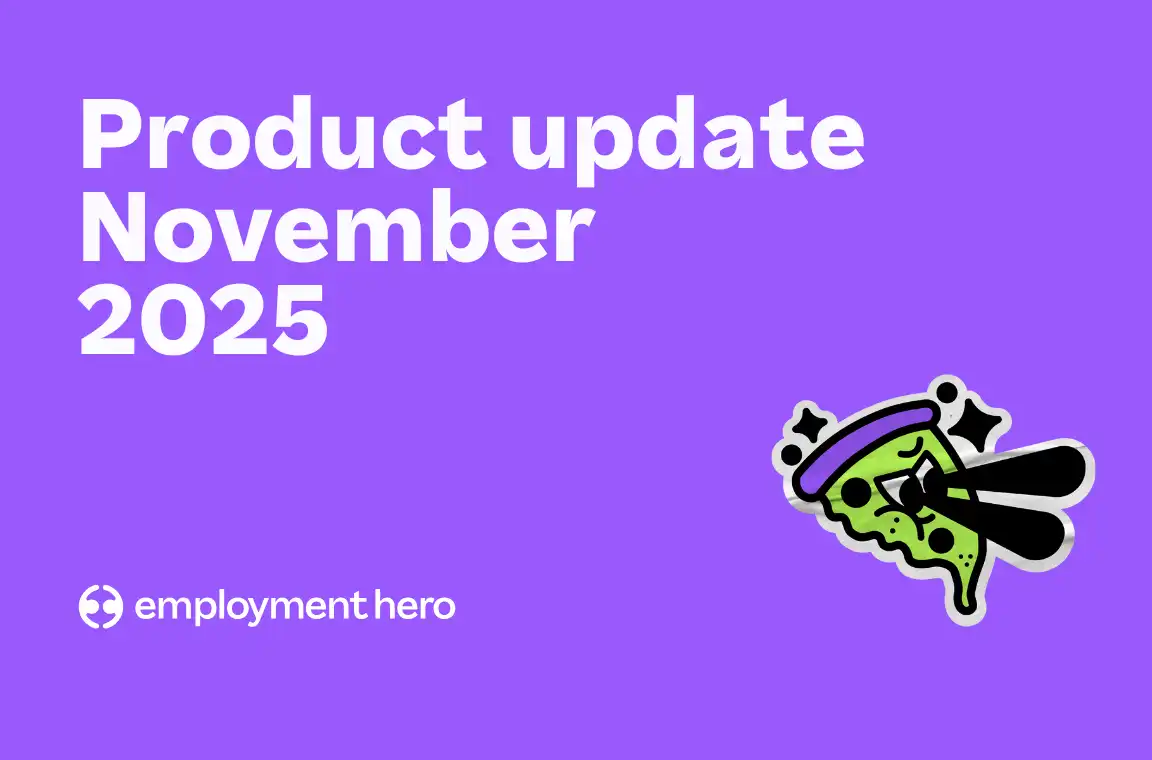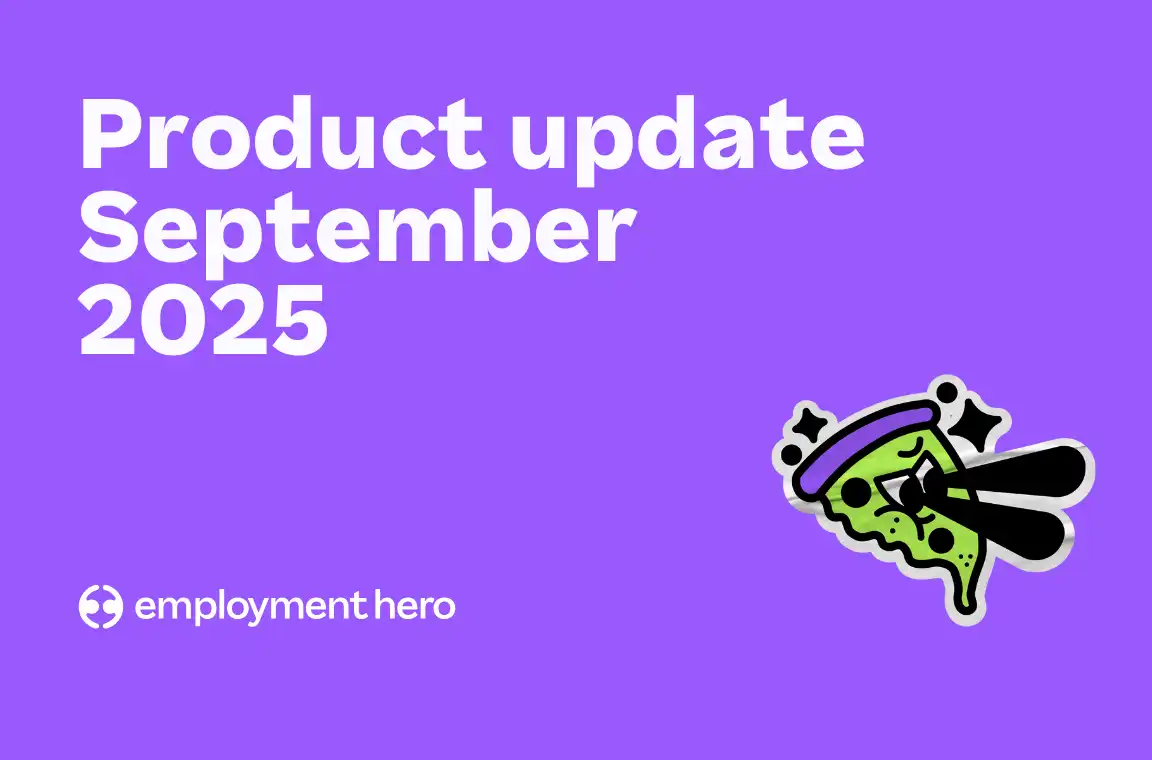Using multiple software to run payroll: Good or bad?
Wondering if using multiple software is a good or bad idea? We explore the pros and cons to help you make an informed decision.

Contents
Does your business use multiple software to run payroll currently?
Payroll processing is an essential yet behemoth task for every business, regardless of its size. It’s a complex process involving salary calculations, taxes, deductions and more, and requires extreme precision to ensure employees are paid accurately, on time, and compliantly with local regulations.
With the advent of technology, lots of software solutions have been developed to help automate and simplify payroll processes. Using multiple software programs to run payroll has become a common practice — however, while it can help to streamline processes and increase efficiency, it can also create more complications and errors.
So what are the pros and cons of using multiple software to run payroll? Let us help you determine whether it’s a good or bad practice for your business, and what the best solution is.
Why do businesses need to use multiple software to run payroll?
There are quite a few reasons that result in businesses utilising multiple software to run payroll, such as:
1. Lack of proper integration
Some software may not integrate well with others, which can create inefficiencies or errors in the payroll process. In such cases, businesses have to use multiple software to ensure that all aspects of payroll are being managed accurately and effectively.
When employee information like leave days and work hours cannot be automatically linked to payroll data through software integrations, businesses are forced to use a different software for each aspect of the payroll process — one for HR, one for payroll, and one for accounting.
2. Multi-country needs across varying HR and payroll legislations
Payroll processing involves compliance with various state and local laws and regulations.
Every country has its own set of rules and regulations, and the processes that work for employees in one country may not be suitable for employees in another.
Incorrect payroll can also lead to failures in tax compliance or other errors, which can result in heavy penalties and possible damage to brand reputation. Using the right payroll software for the region helps to ensure you stay on top of any employment law and regulatory changes in the country.
Hence if you’re managing the payroll for an international organisation with offices in different countries, using different software allows you to better manage compliance requirements for different jurisdictions, such as tax withholdings, reporting, and filing requirements.
3. Insufficient review of the current tech stack
When your business keeps running ahead at full steam without setting aside time to properly review its current tech stack, it can lead to various gaps and potential overlaps from multiple software usage.
Different softwares constantly push out new features to better accommodate the needs of their clients. If your business doesn’t conduct regular reviews to assess the effectiveness of your current software usage, you might end up using more software than necessary to cover all the bases.
4. Size of the business
The bigger the organisation, the more complex its payroll process will be. You may require multiple software to handle different aspects of their payroll, such as tracking time and attendance, calculating benefits, processing payroll taxes, and generating reports.
Smaller businesses on the other hand, have much simpler payroll processes and thus may only require one payroll software to handle all of their payroll needs. They do not need to manage and integrate multiple systems.
Ultimately, the usage of multiple payroll software depends on the specific needs and requirements of each business. Factors such as the size of the business, the complexity of its payroll processes, and the number of employees all play a role in determining whether multiple payroll software is necessary.
What are the advantages of using multiple software to run payroll
Using multiple software to run payroll does bring about several benefits, such as the following:
1. Leveraging the best feature of each software
Different software can specialise in specific areas of payroll management, such as tax compliance, benefits administration, or employee self-service. By using multiple software, you can take advantage of the specialised features, which can lead to more efficient and accurate payroll processing for specific functions.
2. Mitigates risk of software failure or downtime
In the case of a software outage or other unexpected technical issues, having multiple payroll software ensures that payroll processing can continue without any delays or disruptions. There’s always a backup in place to turn to if one software fails on that day.
3. Flexibility in meeting the needs of various clients
By using multiple payroll software, you get to choose the best software for each aspect of your client’s payroll process, rather than being limited to a single software’s capabilities. This allows for greater flexibility in managing your client’s payroll and customising it to meet different client needs.
It also allows for scalability — as your clients grow and their payroll needs become more complex, having multiple software enables you to accommodate their increasing demands. You may need one software to solely handle time and attendance tracking for their employees, and another software to manage payroll processing and tax compliance for the entire workforce.
4. Seamless data transfer
Lots of different payroll software can integrate with each other, allowing for seamless data transfer and reducing the risk of errors or data inconsistencies. It also reduces the need for manual data entry, saving time and improving accuracy. When information about an employee is updated in the system — it automatically pulls through to all the other software thanks to the integrations.
What are the disadvantages of using multiple software to run payroll?
Like we’ve mentioned, there are pros and cons to everything, and while there are advantages to using multiple software to run payroll, there are also some potential disadvantages to consider, such as:
1. Multiple software subscription fees
Using multiple payroll software can be more expensive than using a single all-in-one software, as you would have to pay different subscription fees for each one. Additionally, you might also have to invest in more resources such as manpower and technological tools in order to use these software effectively.
2. Lack of a consolidated view for reporting
When it comes to reporting, using multiple payroll software poses a problem because you’re unable to generate standardised reports that give you a comprehensive view of everything. Instead, because each software stores and manages data differently, you might end up with different versions and formats of reports, each one specific to an aspect of payroll rather than the organisation’s payroll as a whole.
Not having a consolidated view also makes it challenging to identify and resolve errors when you spot inconsistencies in payroll data. If an employee’s salary is reflected differently in two systems, it can be hard to determine which one has the accurate data and which one doesn’t.
3. Different logic behind calculations and update frequencies
Each software has a different logic behind their calculations, and this can result in varying results produced even if given the same input data. The algorithms used to perform calculations differ depending on the software, as well as implementation details.
When there is a legislative update that affects calculations, the software will need to be updated to ensure that it remains compliant with the new requirements. The frequency of these updates will vary, depending on the software development team — but if one software has been updated but the other hasn’t, and both have been integrated together, it could cause a real mess in calculations.
4. Extra training needed to use multiple software
Another aspect that’s usually overlooked is the training required to get employees up to speed with how to use the software. Using multiple software means you will need to invest more time, money and resources to train employees to use different applications.
Providers also provide varying levels of support for each application, so you will need your employees to adjust and adapt accordingly, or hire more employees in order to run payroll accurately and efficiently.
5. Unable to build long term relationships with software provider
Using multiple software applications to run payroll also makes it difficult to build long-term relationships with software providers. You are less likely to commit to a single software provider for an extended period of time.
This can lead to drawbacks such as missed opportunities for cost savings — when you commit to a single provider for an extended period of time, you may be able to negotiate better pricing and access to features. Using multiple providers means you’re keen to use some specific features only, which gives software providers less incentive to provide you with a competitive price.
It could also lead to the lack of personalised support — as a client that’s only using their software as part of a large suite of applications, providers are likely to be less invested in supporting you, as compared to other clients who are fully invested in using their software for all their payroll needs.
Using multiple software applications also leads to difficulties with upgrades and updates — you may have to coordinate with different providers to ensure that any updates made do not affect any other software used, and that they continue to work together seamlessly.
Ultimately, it’s hard to build any kind of rapport or longstanding relationship with any provider if your time and attention has to be constantly divided between so many.
Make payroll easier by using an all-in-one platform
Now that you know all the pros and cons of using multiple software, what’s your verdict? We say an all-in-one platform is the way to go. Payroll doesn’t have to be complex or difficult — Employment Hero can help you streamline processes and automate tedious, manual tasks.
Save up to 90% of your time by automating payroll administrative tasks, and store all important client information digitally in one location. Our platform is constantly enhanced with legislation updates and value-add features, and compliance reporting is an absolute breeze because you can generate reports in a few clicks. Plus, it’s completely scalable — there’s no limit on employees or business size.
Oh and did we mention we’re available in Australia, New Zealand, Singapore, Malaysia and the UK too? You can run payroll for clients across multiple countries, and even use the branded payroll feature to harness our software as your own.
Related Resources
-
 Read more: Product Update: November 2025
Read more: Product Update: November 2025Product Update: November 2025
Welcome to the November 2025 product update from the Employment Hero team. We’ve got lots to share around Workflows, Rostering,…
-
 Read more: Product Update: October 2025
Read more: Product Update: October 2025Product Update: October 2025
Contents Welcome to the October 2025 product update from the Employment Hero team. We’ve got lots to share around custom…
-
 Read more: Product Update: September 2025
Read more: Product Update: September 2025Product Update: September 2025
A big hello from the Employment Hero Product team, and welcome to the September 2025 Product Update.









